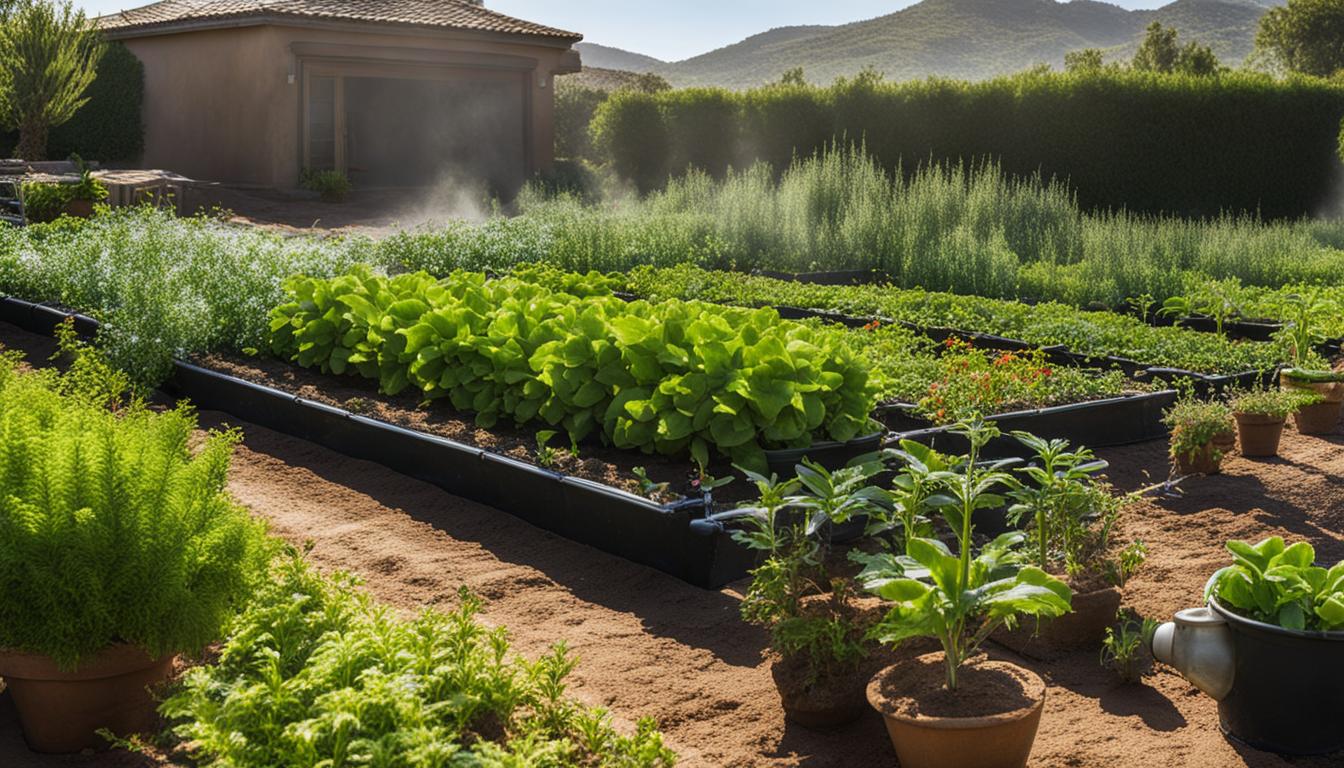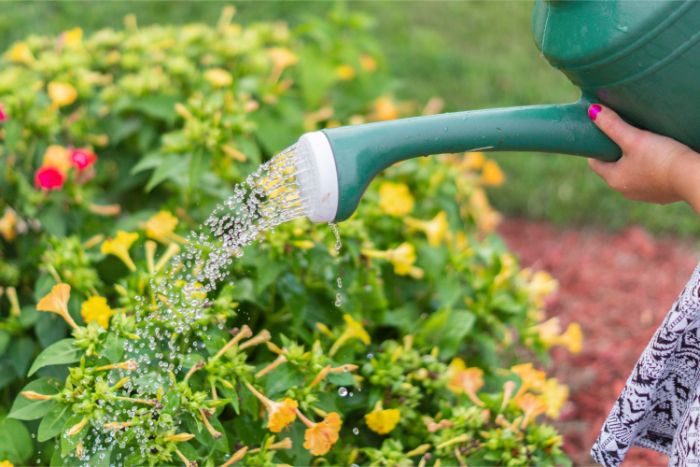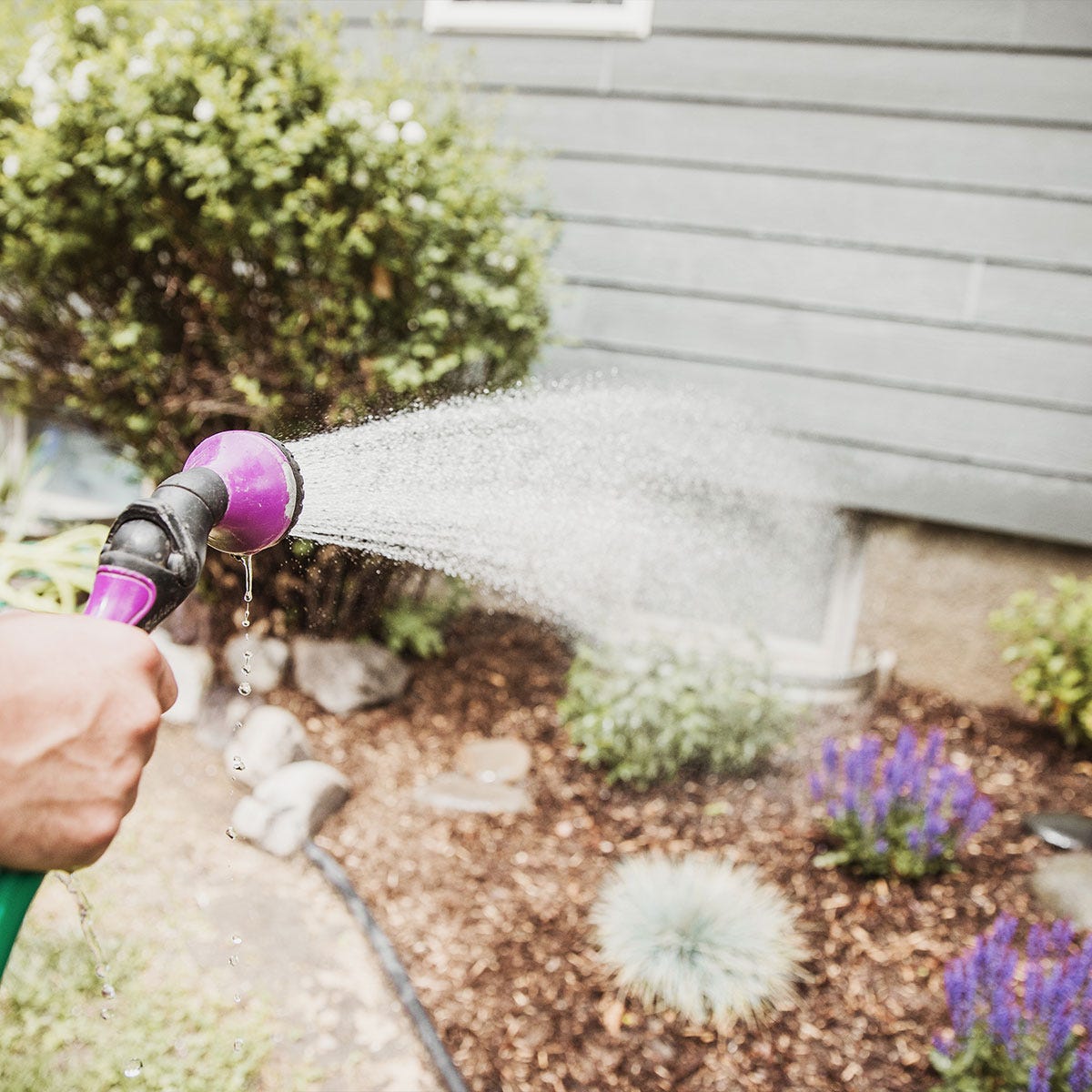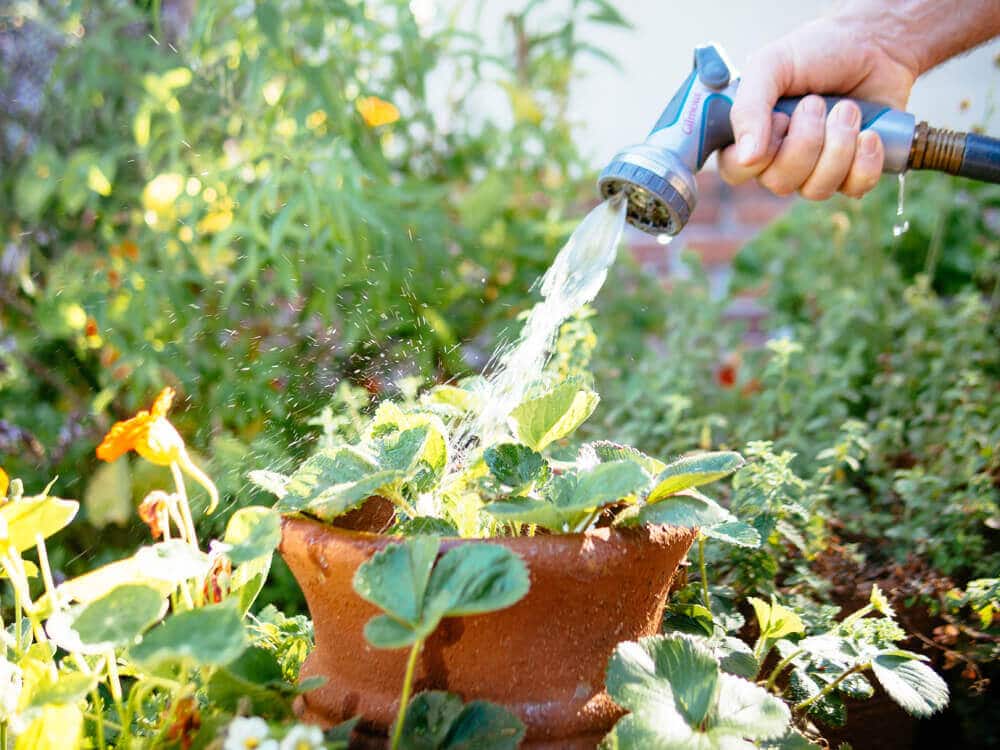Understanding the Importance of Proper Watering in Hot Weather
Gardening in hot weather can be a challenging task, especially when it comes to watering your plants. The scorching sun and dry air can quickly dehydrate your garden, leading to water stress, reduced growth, and even plant death. Proper watering techniques are essential to prevent these issues and promote healthy plant growth. The best time to water garden in hot weather is crucial to ensure your plants receive the right amount of moisture.
Water stress can occur when plants are not receiving enough water, causing them to wilt, turn yellow, and drop their leaves. On the other hand, overwatering can lead to root rot, nutrient deficiencies, and other problems. To avoid these issues, it’s essential to understand the specific watering needs of your plants, taking into account factors such as soil type, plant species, temperature, and humidity.
In hot weather, the soil can dry out quickly, making it essential to water your plants deeply but infrequently to encourage deep root growth. However, it’s also important to avoid getting water on the leaves to prevent fungal diseases and other problems. By understanding the importance of proper watering in hot weather, you can take the necessary steps to ensure your garden thrives even in the most challenging conditions.
So, what is the best time to water garden in hot weather? The answer depends on various factors, including the type of plants you’re growing, the soil type, and the temperature. In general, it’s best to water your plants during the cooler parts of the day, such as early morning or evening, to reduce evaporation and prevent water stress.
How to Determine the Best Time to Water Your Garden in Hot Weather
Determining the best time to water your garden in hot weather requires careful consideration of several factors. Soil type, plant species, temperature, and humidity all play a crucial role in deciding when to water your garden. By understanding these factors, you can adjust your watering schedule to ensure your plants receive the right amount of moisture.
Soil type is a critical factor in determining the best time to water your garden. For example, sandy soils tend to dry out quickly, while clay soils retain moisture longer. If you have a garden with sandy soil, it’s best to water it more frequently, while gardens with clay soil can be watered less often.
Plant species is another important factor to consider. Different plants have varying watering needs, and some may require more frequent watering than others. For example, vegetables and fruits require consistent moisture, while succulents and cacti can tolerate drought.
Temperature and humidity also play a significant role in determining the best time to water your garden. In hot weather, it’s best to water your garden during the cooler parts of the day, such as early morning or evening, to reduce evaporation and prevent water stress.
Observing your plants is also essential in determining the best time to water your garden. Check the soil moisture by inserting your finger into the soil up to the knuckle. If the soil feels dry, it’s time to water. Also, look for signs of water stress, such as wilting or yellowing leaves, and adjust your watering schedule accordingly.
By considering these factors and observing your plants, you can determine the best time to water your garden in hot weather and ensure your plants receive the right amount of moisture to thrive.
The Benefits of Early Morning Watering in Hot Weather
Watering your garden in the early morning is one of the best times to do so, especially in hot weather. This time of day offers several benefits, including reduced evaporation, improved soil absorption, and increased plant growth. By watering your garden in the morning, you can help your plants make the most of the water they receive.
One of the main advantages of morning watering is reduced evaporation. When you water your garden in the morning, the sun is not yet at its strongest, which means less water is lost to evaporation. This allows more water to penetrate the soil and reach the roots of your plants, where it’s needed most.
Improved soil absorption is another benefit of morning watering. When the soil is moist, it’s better able to absorb water and nutrients, which are then made available to your plants. This can lead to healthier, more robust plants that are better equipped to handle the stresses of hot weather.
In addition to reduced evaporation and improved soil absorption, morning watering can also promote increased plant growth. When plants receive adequate water, they’re able to grow and thrive, producing more leaves, stems, and roots. This can lead to a more lush, vibrant garden that’s better able to withstand the challenges of hot weather.
Some plants that benefit particularly well from morning watering include tomatoes, peppers, and cucumbers. These plants require consistent moisture to produce well, and morning watering can help ensure they receive the water they need. Other plants, such as succulents and cacti, may not require as much water and can be watered less frequently.
Overall, watering your garden in the early morning is a great way to promote healthy plant growth and reduce the risks associated with hot weather. By taking advantage of the benefits of morning watering, you can help your garden thrive, even in the most challenging conditions.
The Risks of Watering Your Garden in the Middle of the Day
Watering your garden in the middle of the day can be detrimental to your plants, especially in hot weather. This time of day is usually the hottest, with the sun beating down on your garden, causing increased evaporation and reduced soil absorption. As a result, your plants may not receive the water they need, leading to water stress and other problems.
One of the main risks of watering your garden in the middle of the day is increased evaporation. When the sun is at its strongest, it can evaporate water quickly, reducing the amount of water that reaches your plants’ roots. This can lead to water stress, causing your plants to wilt, turn yellow, and drop their leaves.
Another risk of mid-day watering is reduced soil absorption. When the soil is hot, it can be difficult for water to penetrate, leading to reduced soil absorption and increased runoff. This can result in wasted water and reduced plant growth.
Additionally, watering your garden in the middle of the day can also cause potential plant damage. When water is applied to the leaves of plants during the hottest part of the day, it can cause scorching or burning, leading to damage or even death.
To avoid these risks, it’s best to water your garden during the cooler parts of the day, such as early morning or evening. These times offer reduced evaporation, improved soil absorption, and reduced risk of plant damage. By watering your garden at the right time, you can help your plants thrive, even in the hottest weather.
It’s also important to note that some plants are more susceptible to mid-day watering than others. For example, plants with thin leaves or delicate foliage may be more prone to scorching or burning. In these cases, it’s best to water these plants during the cooler parts of the day to avoid any potential damage.
Watering Your Garden in the Evening: Is it a Good Idea?
Watering your garden in the evening can be a good idea, but it depends on various factors. In hot weather, evening watering can be beneficial as it allows the plants to absorb the water overnight, reducing evaporation and runoff. Additionally, evening watering can help to reduce soil temperature, which can be beneficial for plants that are sensitive to high temperatures.
However, evening watering can also have some drawbacks. For example, it can encourage fungal growth, which can be detrimental to plant health. Additionally, if the soil is already saturated, evening watering can lead to waterlogged soil, which can cause root rot and other problems.
So, when is evening watering beneficial? If you have plants that are sensitive to high temperatures, such as lettuce or spinach, evening watering can be a good idea. Additionally, if you have plants that require consistent moisture, such as tomatoes or cucumbers, evening watering can help to ensure they receive the water they need.
However, if you have plants that are prone to fungal diseases, such as roses or squash, it’s best to avoid evening watering. Instead, water these plants in the morning, when the sun is not too intense, to reduce the risk of fungal growth.
Ultimately, the decision to water your garden in the evening depends on the specific needs of your plants and the climate you are in. By considering the pros and cons of evening watering, you can make an informed decision that will help your garden thrive.
Additional Tips for Watering Your Garden in Hot Weather
In addition to considering the best time to water your garden in hot weather, there are several other tips you can follow to ensure your garden receives the right amount of moisture. One of the most effective ways to conserve water and reduce evaporation is to use mulch. Mulch helps to retain moisture in the soil, suppress weeds, and regulate soil temperature.
Another tip is to avoid overhead watering, which can lead to evaporation and runoff. Instead, use soaker hoses or drip irrigation systems, which deliver water directly to the roots of the plants. This method is not only more efficient but also helps to reduce the risk of fungal diseases.
Drip irrigation systems are particularly useful in hot weather, as they provide a steady supply of water to the plants without wasting a single drop. These systems are also easy to install and can be customized to meet the specific needs of your garden.
It’s also important to monitor the soil moisture levels in your garden, especially during hot weather. You can do this by inserting your finger into the soil or using a soil moisture meter. This will help you determine when your plants need water and avoid overwatering or underwatering.
Finally, consider using drought-tolerant plants in your garden, which are specifically designed to thrive in hot and dry conditions. These plants are not only low maintenance but also help to conserve water and reduce the risk of water stress.
By following these additional tips, you can help your garden thrive in hot weather and ensure it receives the right amount of moisture to promote healthy growth and development.
Common Mistakes to Avoid When Watering Your Garden in Hot Weather
When it comes to watering your garden in hot weather, there are several common mistakes to avoid. One of the most common mistakes is overwatering, which can lead to waterlogged soil, root rot, and other problems. On the other hand, underwatering can cause water stress, reduced growth, and increased susceptibility to pests and diseases.
Another mistake to avoid is neglecting soil type. Different soils have different watering needs, and neglecting these needs can lead to poor plant growth and increased water waste. For example, sandy soils require more frequent watering, while clay soils require less frequent watering.
Not monitoring soil moisture levels is also a common mistake. Soil moisture levels can fluctuate rapidly in hot weather, and not monitoring these levels can lead to overwatering or underwatering. Use a soil moisture meter or insert your finger into the soil to check moisture levels.
Not adjusting watering schedules according to weather conditions is another mistake to avoid. Weather conditions such as temperature, humidity, and wind can affect soil moisture levels, and not adjusting watering schedules accordingly can lead to poor plant growth and increased water waste.
Finally, not using efficient irrigation systems is a common mistake. Overhead watering can lead to evaporation and runoff, while drip irrigation systems and soaker hoses can deliver water directly to the roots of the plants, reducing waste and improving efficiency.
By avoiding these common mistakes, you can ensure your garden receives the right amount of moisture to promote healthy growth and development, even in hot weather.
Conclusion: Watering Your Garden in Hot Weather with Confidence
Watering your garden in hot weather can be a challenging task, but by following the tips and guidelines outlined in this article, you can ensure your garden receives the right amount of moisture to promote healthy growth and development. Remember to consider the best time to water your garden in hot weather, taking into account factors such as soil type, plant species, temperature, and humidity.
By avoiding common mistakes such as overwatering, underwatering, and neglecting soil type, you can prevent water stress, reduce evaporation, and promote healthy plant growth. Additionally, using efficient irrigation systems, such as drip irrigation systems and soaker hoses, can help reduce waste and improve efficiency.
With the right knowledge and techniques, you can water your garden with confidence in hot weather. Remember to monitor soil moisture levels, adjust your watering schedule accordingly, and use mulch and other techniques to reduce evaporation and retain moisture in the soil.
By following these tips and guidelines, you can ensure your garden thrives in hot weather and continues to provide you with fresh, healthy produce and beautiful flowers. Happy gardening!








